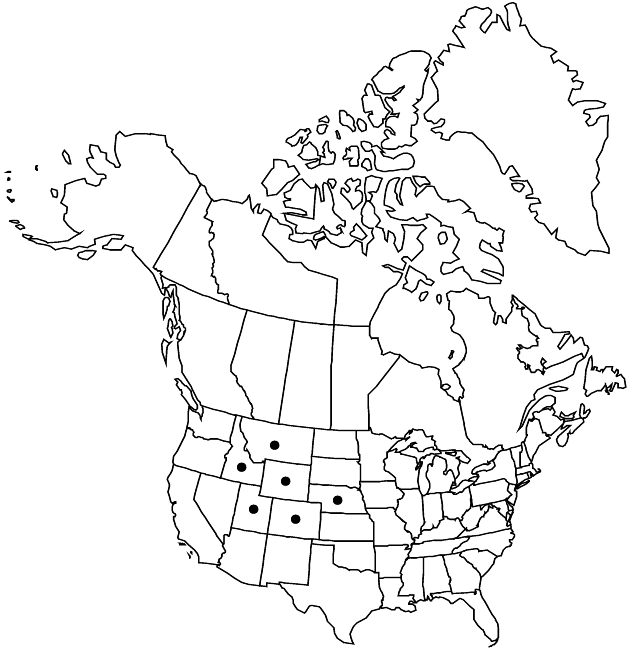Cirsium pulcherrimum
Just’s Bot. Jahresber. 29(1): 566. 1903.
Perennials polycarpic, 15–60(–90) cm; deep-seated woody tap-roots and caudices. Stems 1–few, erect or ascending, arachnoid-tomentose or ± glabrate; branches 0–5+, usually in distal 1/2, ascending. Leaves: blades linear to oblong, oblanceolate, or elliptic, 5–25 × 0.6–7 cm, unlobed and merely spinulose or spiny-dentate to regularly pinnatifid, lobes 5–8(–many) pairs, well separated, usually with broad, U-shaped sinuses to crowded, linear to triangular-ovate, ascending-spreading to retrorse, merely spinulose to coarsely dentate or few lobed, main spines 2–7 mm, ± slender, abaxial faces gray to white, usually densely arachnoid-tomentose, sometimes ± glabrate, sometimes villous with septate trichomes along veins, adaxial green, glabrous or less commonly thinly to densely gray-tomentose; basal often present at flowering, spiny winged-petiolate; principal cauline well distributed, gradually reduced distally, proximal usually winged-petiolate, mid and distal sessile, bases decurrent as spiny wings 1.5–3.5 cm; distalmost reduced, ± bractlike. Heads 1–few, borne singly or in 2–3-headed clusters in ± congested flat-topped or racemiform arrays at tips of main stem and branches, sometimes also in distal axils. Peduncles 0–15 cm. Involucres ovoid to campanulate, 1.8–2.7 × 1–2 cm, thinly arachnoid-tomentose or glabrate. Phyllaries in 6–7 series, ± imbricate, green or with dark subapical patch or appendage, linear to linear-lanceolate, margins entire, abaxial faces with narrow glutinous ridge; outer and middle bases appressed, apical appendages spreading to stiffly ascending, linear-lanceolate to acicular, entire, spines spreading or ascending, stout, 2–7 mm, often flattened; apices of inner stiffly erect or sometimes flexuous, narrow, flat. Corollas pink to purple (creamy white), 18–25 mm, tubes 7–9 mm, throats 5.5–7.5 mm, lobes 4–8 mm; style tips 3–5.5 mm. Cypselae tan to dark brown, 5–6 mm, apical collars yellow, narrow; pappi 14–16 mm. 2n = 34.
Distribution

Colo., Idaho, Mont., Nebr., Utah, Wyo.
Discussion
Varieties 2 (2 in the flora).
Cirsium pulcherrimum is closely related to C. clavatum. In southeastern Wyoming and northern Colorado some plants combine foliage and involucral characters of C. pulcherrimum var. pulcherrimum and C. clavatum var. americanum. The inheritance of these characters needs to be examined at the population level to determine whether the intermediates are hybrids or the products of past introgression or incomplete differentiation.
Selected References
None.
Key
| 1 | Distal leaf face gray- to white-tomentose; cypselae without stramineous apical collar | Cirsium pulcherrimum var. aridum |
| 1 | Distal leaf face usually green, glabrous or ± glabrate, but sometimes persistently tomentose; cypselae often with narrow stramineous apical collar | Cirsium pulcherrimum var. pulcherrimum |